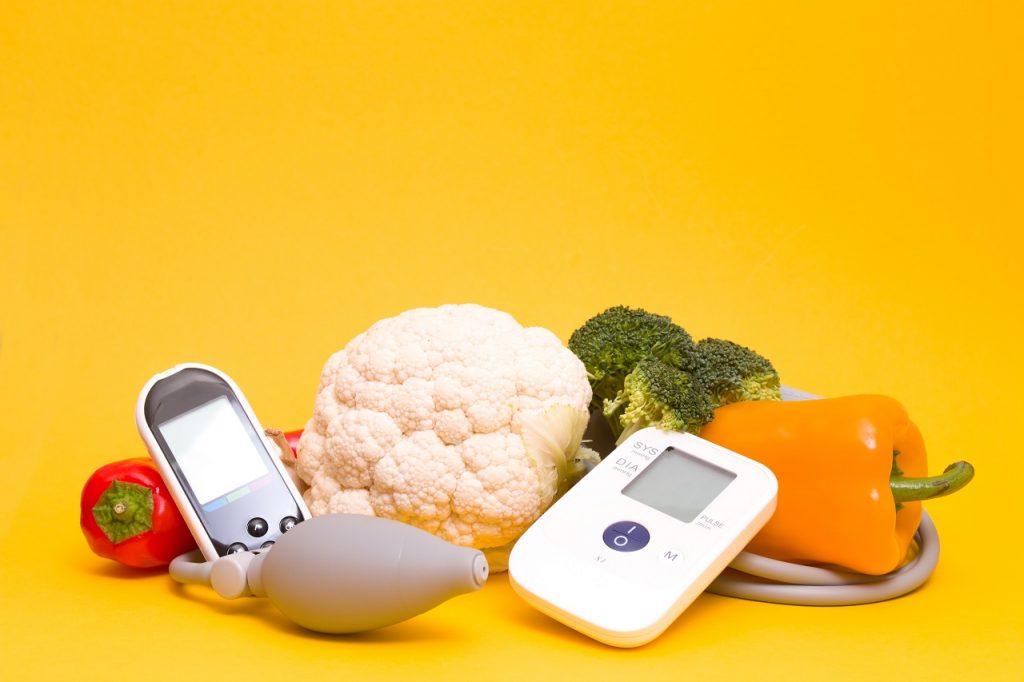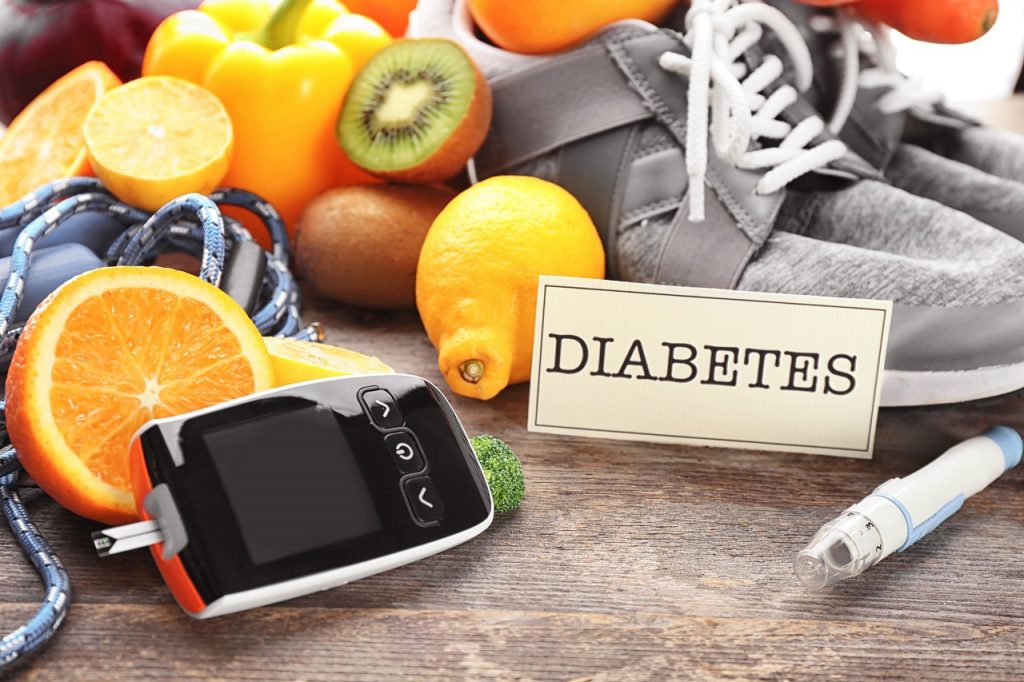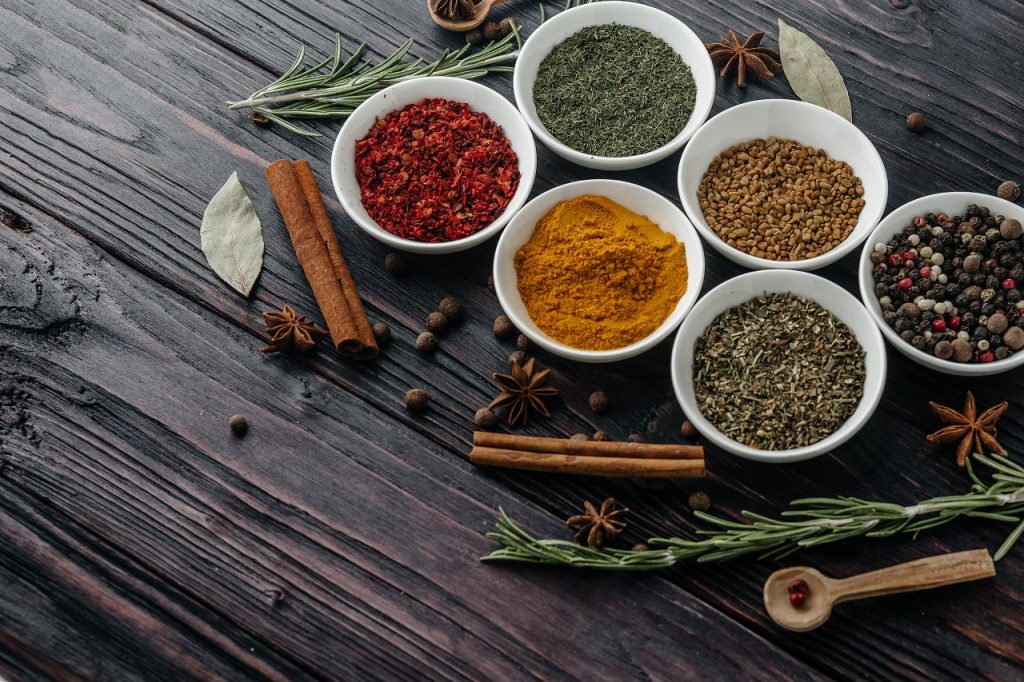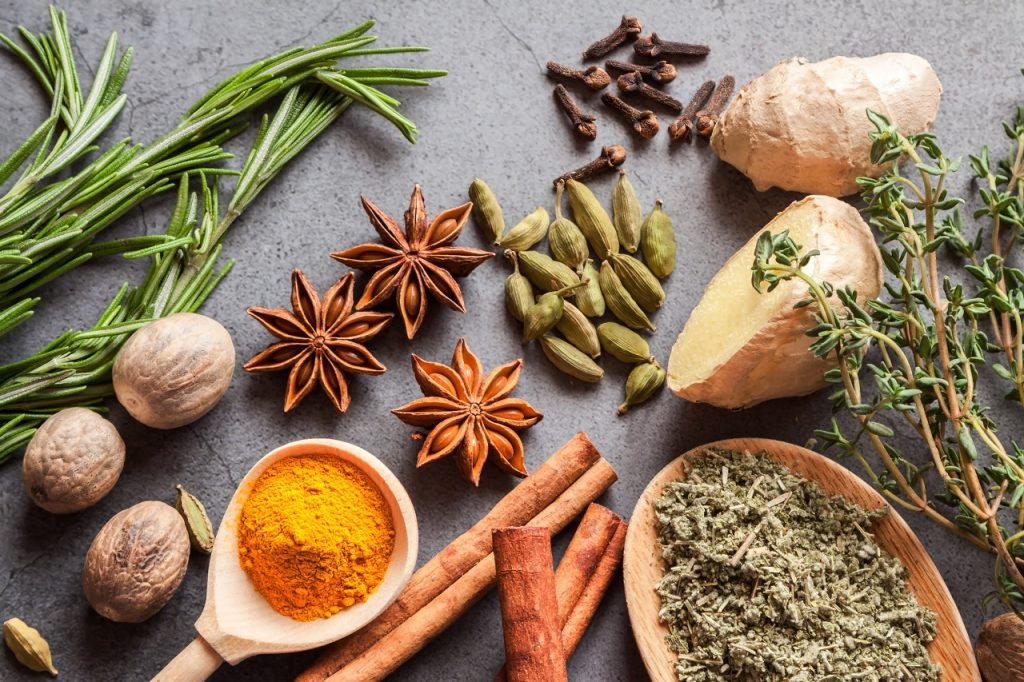
By now, we’re all aware that Diabetes is a condition in which the body is unable to control the glucose entering the bloodstream. Along with medicines, food is key to controlling it. As it is a slow progressive disorder, it makes our organs weak and affects their functioning like a slow poison. Hence, it is really important to keep our blood sugar levels under control. Let’s see how we can manage blood sugar naturally with food.
Foods That Manage Blood Sugar Naturally
High blood sugar occurs when your body can’t effectively transport sugar from blood into cells. If sugar levels go high, you need to add the following food to your diet.
1. Eat More Green Leafy Veggies
Leafy green vegetables are extremely nutritious and low in calories. They’re also very low in digestible carbs, so they won’t significantly affect blood sugar levels. Spinach, kale, methi, bathua and other leafy greens are good sources of many vitamins and minerals, including vitamin C. People with diabetes have a greater requirement of vit C as it acts as a potent antioxidant and also has anti-inflammatory qualities. Increasing dietary intake of vitamin C-rich foods can help people with diabetes increase their serum vitamin C levels while reducing inflammation and cellular damage. In addition, leafy greens are good sources of the antioxidants – lutein, zeaxanthin. These antioxidants protect your eyes from macular degeneration and cataracts, which are common diabetes complications. Leafy green vegetables are rich in nutrients like Vitamin C, as well as antioxidants that protect your heart and eye health. You can add these veggies in all meals in different forms like sabji, soup, salads, in roti , paratha, chutneys etc.
2. Addition of Micronutrients
Chromium is involved in carb and fat metabolism. It also helps control blood sugar levels. Lack of chromium may predispose you to carb intolerance. Chromium rich foods include egg yolks, whole-grain products like millets, coffee, nuts, green beans, broccoli and meat (in moderation).
Magnesium-rich foods include dark leafy greens, whole grains, fish, dark chocolate, bananas, avocados and beans (not matured).
3. Reduce Carb Intake
Reduction in carb intake not more than 100grams per day, avoiding simple carbs like maida products and packet atta as well. Try to get coarse atta which has wheat husk, add isabgol in roti to reduce the spike in sugar levels after meals. Add whole grains like millets, jawar, chana, chia seeds and quinoa to your daily meals.
4. Add a Good Amount of Nuts
All types of nuts contain fiber and are low in net carbs, high in essential oils and protein to regulate sugar levels and provide nutrients.
- Almonds: 2.6 grams
- Brazil nuts: 1.4 grams
- Cashews: 7.7 grams
- Hazelnuts: 2 grams
- Macadamia: 1.5 grams
- Pecans: 1.2 grams
- Pistachios: 5 grams
- Walnuts: 2 grams
5. Add Seeds To Your Diet
These are rich in good fats, protein, dietary fibers and have the ability to reduce hunger pangs and craving for sugar. They also provide constant energy supply to diabetics.
- Flax seeds – 1 to 2tbps per day
- Sunflower seeds – 2tbs per day
- Pumpkin seeds – 2tbps per day
- Sesame seeds – 1tbps per day
- Methi seeds – 1 to 2tsp soaked.
Nuts and seeds can be easily added as evening snacks, in salads and to your morning breakfast too.
People with diabetes often experience low blood sugar levels. Certain medications, excessive alcohol consumption, some critical illnesses and hormone deficiencies can also cause hypoglycemia without diabetes. To fix this, you can have:
- A small apple, banana, or orange
- 15 grapes
- A few prunes
- 2 tablespoons of raisins or dates
- 1/2 cup of juice or regular (not diet) soda
- 1 tablespoon of honey or sugar
- Hard candy, jellybeans, or gummy candy check on ingredients before consuming.
- Glucose tablets or Lemon sharbat with sugar but without salt.
These are a few foods we need to add to our diet to manage blood sugar naturally – this along with exercise for approx 30 mins a day. For more on managing blood sugar, check out Healthy Reads or consult a GOQii Coach by subscribing for Personalised Health Coaching here.
#BeTheForce

 An epidemic worldwide, Diabetes is a disorder which alters blood sugar levels and the production of insulin that can cause various complications if left untreated. Although, it can be managed through lifestyle modifications and exercises. A few spices and herbs along with dietary changes can reduce blood sugar. These remedies are not only economic but can help in reducing dependency on medicines too.
An epidemic worldwide, Diabetes is a disorder which alters blood sugar levels and the production of insulin that can cause various complications if left untreated. Although, it can be managed through lifestyle modifications and exercises. A few spices and herbs along with dietary changes can reduce blood sugar. These remedies are not only economic but can help in reducing dependency on medicines too.  Your food choices matter a lot when you’re facing Diabetes. While it is difficult to find foods which prevent diabetes complications like heart disease, kidney disease, spiking blood sugar levels, etc. there are some foods for diabetics which can help reduce carbohydrate intake, which in turn keeps blood sugar in check. Let’s take a look at these foods for diabetes.
Your food choices matter a lot when you’re facing Diabetes. While it is difficult to find foods which prevent diabetes complications like heart disease, kidney disease, spiking blood sugar levels, etc. there are some foods for diabetics which can help reduce carbohydrate intake, which in turn keeps blood sugar in check. Let’s take a look at these foods for diabetes. 


